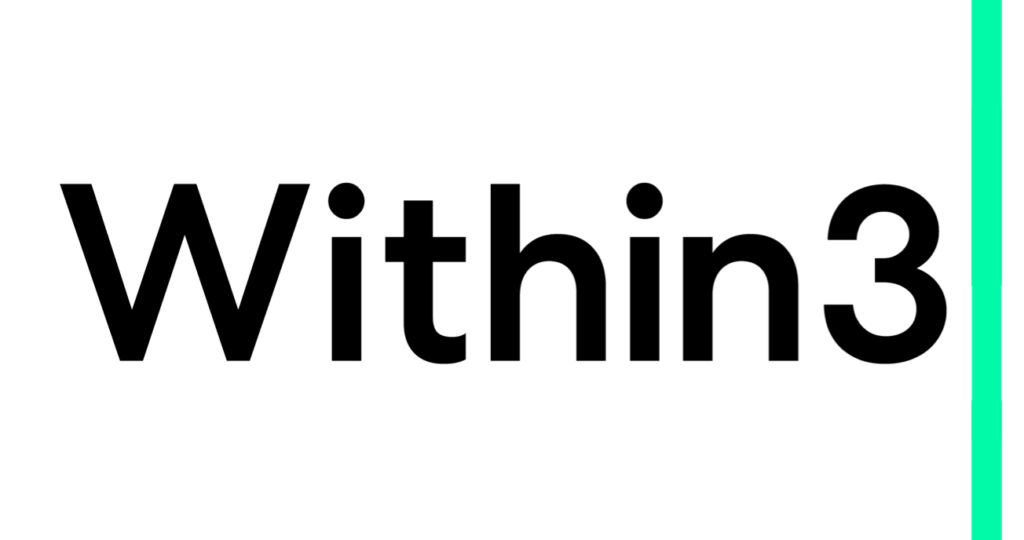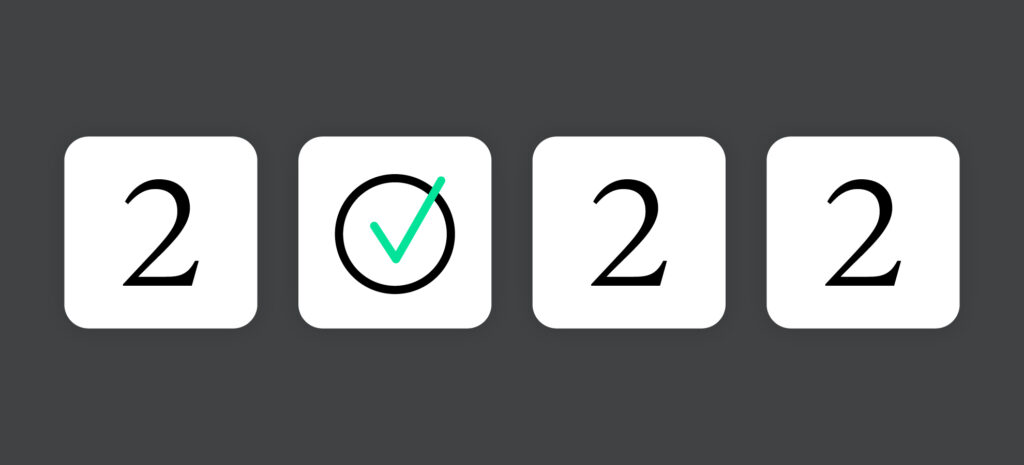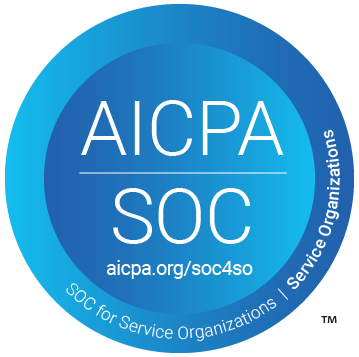[vc_row type=”in_container” full_screen_row_position=”middle” column_margin=”default” column_direction=”default” column_direction_tablet=”default” column_direction_phone=”default” scene_position=”center” text_color=”dark” text_align=”left” row_border_radius=”none” row_border_radius_applies=”bg” overflow=”visible” overlay_strength=”0.3″ gradient_direction=”left_to_right” shape_divider_position=”bottom” bg_image_animation=”none”][vc_column column_padding=”no-extra-padding” column_padding_tablet=”inherit” column_padding_phone=”inherit” column_padding_position=”all” column_element_direction_desktop=”default” column_element_spacing=”default” desktop_text_alignment=”default” tablet_text_alignment=”default” phone_text_alignment=”default” background_color_opacity=”1″ background_hover_color_opacity=”1″ column_backdrop_filter=”none” column_shadow=”none” column_border_radius=”none” column_link_target=”_self” column_position=”default” gradient_direction=”left_to_right” overlay_strength=”0.3″ width=”1/1″ tablet_width_inherit=”default” animation_type=”default” bg_image_animation=”none” border_type=”simple” column_border_width=”none” column_border_style=”solid”][vc_column_text]
Article updated April 2023.
[/vc_column_text][vc_column_text]Even as technology improves or even revolutionizes parts of the drug development process, pharma launches have remained unchanged. Delays and disruption are often the norms in the launch process: if clinical trials are impacted at any point from pre-trial through to approval, launch plans can be derailed.
Trial sponsors are taking unprecedented steps to ensure well-designed study protocols with diverse and appropriate patient pools, brisk enrollment and recruitment, and good patient retention. The framework for pharma and medical affairs launch excellence is changing, and new activities are necessary for a successful pharma product launch.
Unfortunately, disruption is very much par for the course regarding pharma launches. This was especially true during and immediately after the pandemic period of 2020 into 2022, but many studies still experience various disruptions and delays:
We analyzed 86 launches scheduled for 2018 onward with expected sales in excess of $300 million. We found that between February and August 2020, all of these launches were disrupted through delays, lost revenues, or both. – McKinsey
The McKinsey findings suggest that disruption was rife in any pharmaceutical company long before the impact of the COVID-19 pandemic could be felt. So any pharma teams hoping for a smoother ride post-pandemic were likely mistaken, as the health crisis merely added further complications to an already risky launch environment.
So how can pharma companies achieve product launch excellence in the post-pandemic landscape, and what role does insights management technology for pharma teams have to play in the launch strategy?
According to reporting from Bain & Company, pharma organizations that pull off successful launches do these three things:
- Differentiate their therapy with messaging, post-launch data, and patient services
- Build customer advocacy by providing a good consumer experience
- View a drug launch as a “micro-battle” and solicit ongoing feedback from field teams
Pre-launch
Before launch, drug companies need a lot of knowledge: about patients and caregivers, patient advocacy groups, frontline HCPs, researchers, competitors, and the emerging scientific narrative around the disease their new drug will treat. Here’s a breakdown of some of the activities involved in the pre-launch phase.
Understanding disease communities
Med affairs teams must thoroughly understand the disease community and treatment landscape they’re launching into to achieve pharma launch excellence.
By using network analytics, teams can gain a window into the relationships within a disease community. These relationships and interactions reveal the true influencers and trust brokers within a community – beyond just publication frequency. To achieve launch excellence, it’s these individuals pharma teams need to be engaging with.
Publication planning and creation
Publication planning and creation is vital in educating about new drugs and treatments and, therefore, fundamental in ensuring excellence in pharma launch. This process can be both time-consuming and labor-intensive, and significant efficiency gains must be made here.
By using a document co-authoring tool, pharma teams can transform an iterative, lengthy process into a real-time, collaborative one. Co-authors can review edits as and when they’re added, track changes, add comments, and respond in real time.
Document co-authoring helps to minimize the number of drafts required per publication, accelerates collaboration without the need for tedious email back-and-forths, and allows authors to prepare high-quality publications in a dramatically reduced timeframe.
Related: See how one multibillion-dollar pharma company used document co-authoring to produce higher-quality publications while reducing timelines by a matter of months.
MSL training and support
Medical science liaisons are your boots on the ground – the people who will build relationships with key opinion leaders, attend medical conferences and communicate data and information about new drugs for a successful launch.
To achieve launch excellence, pharma teams must effectively train MSLs before product launches. Asynchronous virtual engagement offers an effective way to train numerous MSLs simultaneously – wherever they’re based, whatever their schedule, and whatever time zone they’re operating in. And with live, in-conversation translation, MSLs in all territories can even follow live training sessions in their native tongues.
Treatment and competitor activity
By assessing the treatment landscape and monitoring competitor activities, med affairs teams can more effectively plan their pharma marketing activities for launch and communicate information correctly. Social listening allows teams to monitor chatter around particular topics – be they drugs, companies, disease communities, conferences, or individuals.
Social listening lets teams hear the voices of patients, payers, and HCPs – enabling them to understand their needs, challenges, and frustrations while illuminating the themes within a disease community. Social listening provides a powerful insight into the competitive landscape pharma teams are preparing to launch into.
Related: Learn how one med affairs team used social listening to identify new KOLs and topics at a medical conference and better inform their business strategy.
At launch
Missing launch targets isn’t terribly uncommon – according to research from Deloitte, “many manufacturers in recent years [missed] launch expectations for a large portion of their products.” In addition, the average revenue per drug has declined, and the trend is expected to continue.
Average peak sales forecasts for late-stage pipeline assets have declined by more than 50% since 2010. The declining average peak sales and intense competition limit the opportunity to maximize returns from new launches. – Deloitte
What can teams do at launch to increase their chance of success?
MSL deployment: insight and activity tracking
Once the MSLs have been deployed, med affairs teams need to track their activities and extract insights from interactions in the field. Extracting the value from numerous field team reports can be daunting, and inevitably, key insights can be missed.
By using artificial intelligence, natural language processing, and sentiment analysis, insights management technology can automate the processing of field insights. Med affairs teams can gain a 30,000-foot view of the trends within a disease community – not just what HCPs say, but why and how they’re saying it.
Sentiment analysis extracts the meaning and intent behind HCP interactions – allowing teams to understand whether key opinion leaders feel positive, negative, or neutral about crucial topics, treatment approaches, or their organizations and adjust launch strategies accordingly.
Related: Learn how one med affairs team used artificial intelligence to strengthen MSL engagements and deepen insights.
Medical congress excellence
Insights management technology can empower pharma teams to achieve launch excellence by enabling agile, virtual congress huddles. Virtual asynchronous engagement allows key team members to attend medical congresses in person and connect virtually with remote coworkers on the fly. They can connect daily in congress huddles to share impressions from one-to-one interactions and speaker sessions, record findings, and plan next steps.
Medical congresses represent another opportunity for social listening, too. Here, the launch team can monitor chatter related to a particular event, identify the leading KOLs, and assess what’s being said.
Related: Learn how one medical affairs team used virtual congress huddles to gain invaluable HCP insights.
Insights management technology for pharma teams is positioned to enable launch excellence in the pre-launch and launch phases. With traditional launch models vulnerable to disruption, the time to embrace technology is now.
Launching new products is a golden opportunity to try out new techniques and gauge their impact before rolling them out more widely. Given the uncertainties triggered by the pandemic and the radical changes in physicians’ preferences and behaviors, replicating successful launch strategies from the past is no longer a safe option. – McKinsey
Discover how the life science insight gap could cost your company time, money, and energy – and how insights management technology can close that gap.
Sources
McKinsey & Company. Ready for launch: Reshaping pharma’s strategy in the next normal. https://www.mckinsey.com/industries/life-sciences/our-insights/ready-for-launch-reshaping-pharmas-strategy-in-the-next-normal
Deloitte. Key factors to improve drug launches. https://www2.deloitte.com/us/en/insights/industry/life-sciences/successful-drug-launch-strategy.html
Bain & Company. How to make your drug launch a success. https://www.bain.com/insights/how-to-make-your-drug-launch-a-success/
[/vc_column_text][/vc_column][/vc_row]







